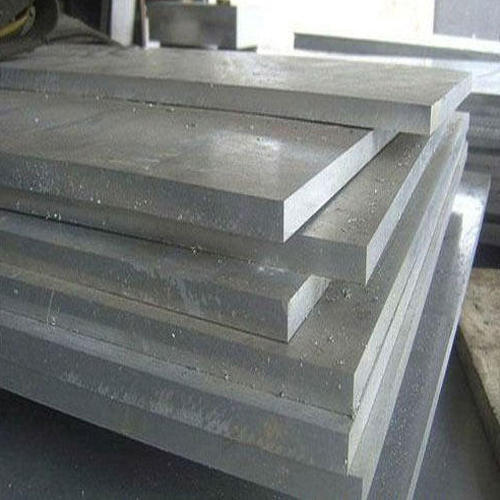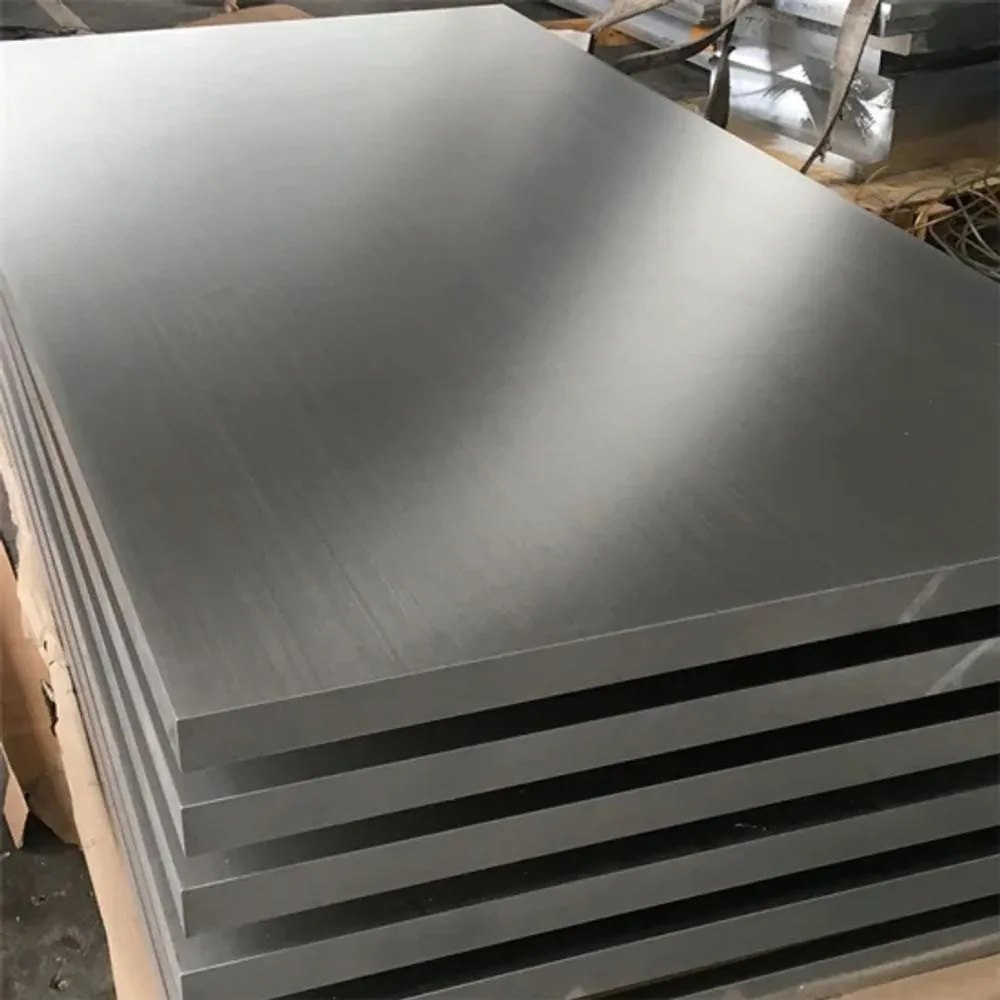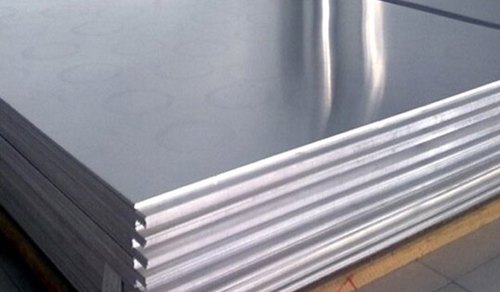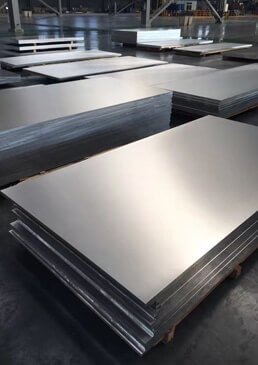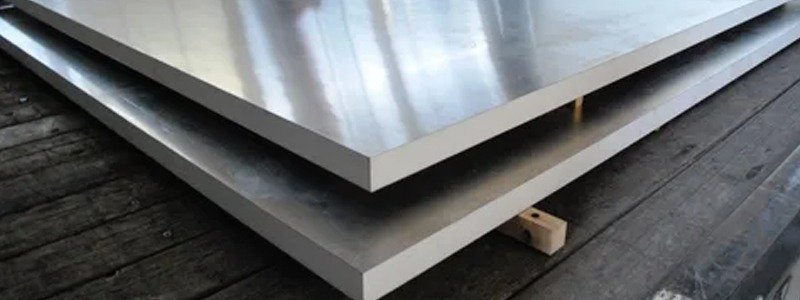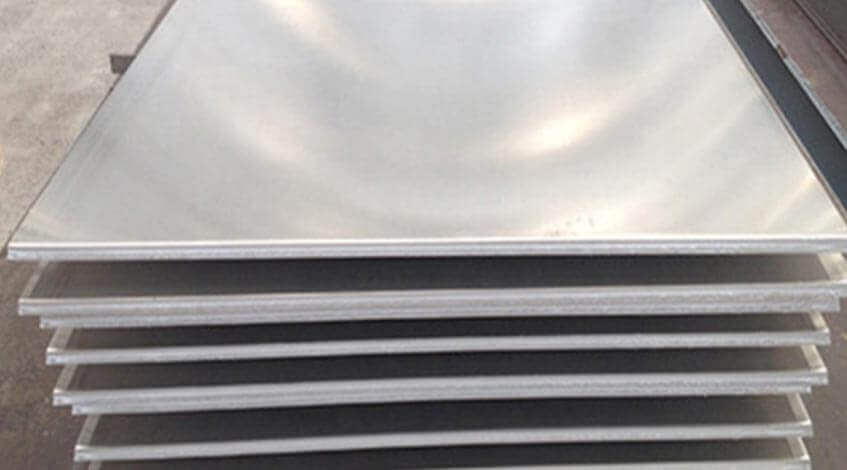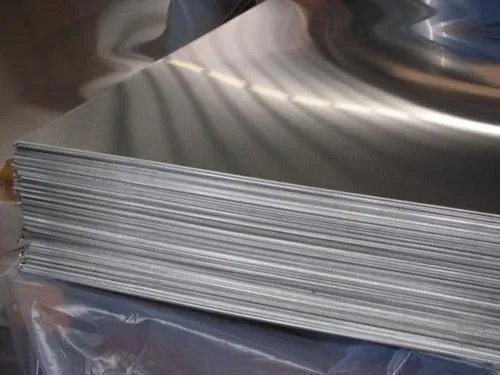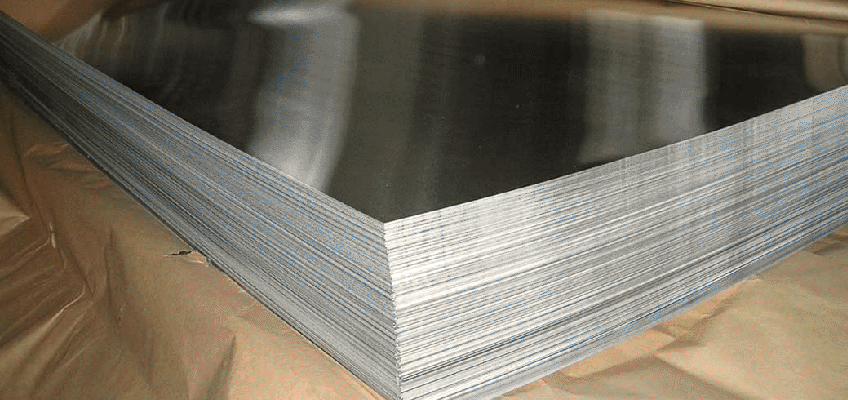Aluminium Sheets Plates | Manilaxmi Industrial
Corrosion Resistance and High Strength are two major factors that make Aluminium Sheets Plates useful for a wide range of industries. Typically, they are made from top quality aluminium alloys. Usually they are applied regularly in industries that require material requiring High-Strength. They are also available in all Shapes Thickness and Finishes.
We Manilaxmi Industrial are one of the leading Aluminium Sheets Plates in India who seek to offer high-quality Aluminium Sheets Plates at an affordable price.
More importantly, our aim is to deliver for your business customized manufacturing solutions catered to your need that provides quality and high-performance.
What are Aluminium Sheets Plates?
Typically, Aluminium Sheets Plates are made using the process of Flat-Rolling. They are used in wide range of manufacturing applications. They also exhibit a few good properties. These include thermal conductivity, oxidation resistance, and thermal conductivity.
Aluminium Sheets vs Aluminium Plates:
|
Type |
Description |
Thickness Range |
Common Applications |
|
Aluminium Sheet |
Usually, is flat is shape, light in weight, and malleable |
Falls in the range between 0.22 mm to 6 mm |
Automobile panels, packaging, sinage, and roofing |
|
Aluminium Plate |
It is thicker than a sheet. Provides for great strength |
Available above 6mm+ |
Structural components, marine, and aerospace |
|
Aluminium Tread Plate |
Consists of raised patterns specifically for slip resistance |
Anywhere in the range of 1 mm- 6mm |
Truck beds, industrial walkways, flooring, and stair treads |
|
Aluminum Perforated Sheet |
Possesses punched holes airflow and aesthetics |
0.5 mm to 6 mm |
Decorative applications, filters, and applications |
|
Aluminum Anodized Sheet |
Treatment of surface for aesthetic services and resistance |
In between 0.5 mm to 6 mm |
Automobile trim, electronics, and architectural panels |
Types of Aluminium Sheets Plates:
Aluminium Sheets Plates are available in the form of five major types. Their classification is based on their thickness, alloy composition, finish, patter, and applications given below:
a.Thickness Based:
Typically, this type of Aluminium Sheets Plates is generally available as Thin, Ultra-Thin and Thick measuring in the range of 0.0006 mm to 6 mm+, flexible, and is light in weight.
b. Surface Finish:
It involves Aluminium Sheets Plates available in wide range of surfaces. It includes matte, oxide coating, and highly unpolished.
c. Structure and Pattern:
These are Aluminium Sheets Plates which possess certain structure and pattern. For example, linear pattern or raised diamond.
d. Alloy Composition:
Depending on composition and properties of the alloy combination used there are types of Aluminium Sheets Plates available. For example, 1xxx, 2xxx, 3xxx, and 5xxx.
e. Composite Structure:
The composite structure of Aluminium Sheets Plates also determines its types. For example, Aluminium Composite Panel or ACP and Clad Aluminium Sheet.
Aluminium Sheets Plates Standard and Specifications:
|
Standard |
Description |
|
ASTM B209 |
It is a standard specification usually used for aluminium and aluminium sheets and plates |
|
JIS H4000 |
This is the specification used as standard for aluminium and aluminium sheets and plates in Japan |
|
ISO 6361 |
Typically, this is a specification that is used as international standard for aluminium sheets and plates |
|
GB/T 3880 |
Serves as a standard specification for aluminium sheets and plates |
|
BS 1470 |
A British standard specification for aluminium sheets and plates |
|
AA (Aluminum Association) |
Normally this is a designation system and standard specifications for aluminium alloy |
|
EN 485 / EN 573 |
An European standard specification for aluminium sheets and plates |
Aluminium Sheets Plates Manufacturing Process:
There are several steps involved in the Aluminium Sheets Plates Manufacturing Process. These includes the following steps given below:
Step 1: The Bayer process is first used to extract alumina from bauxite. It is followed by the Hall-Héroult process which reduces alumina into aluminium
Step 2: Molten aluminium extracted from bauxite is mixed with alloying elements. These include copper, magnesium, silicon, and zinc. It is then cast on large ingots or slabs
Step 3: The aluminium slabs are then heated at temperature ranging in between 400–500°C. They are passed through hot rolling mills. The objective behind using this process called Hot Rolling is to reduce thickness. The final result is formation of aluminium plates. Finally, if you want reduce thickness further then you need to roll aluminium plates at room temperature.
Step 4: Using variety of procedures like Annealing, Solution Heat Treatment, and Quenching and Aging the hardness and durability of the aluminium is improved.
Step 5: According to the requirement of Aluminium Sheets Plates in manufacturing surface finishing and coating is done. Some of the process used include brushing or mirror polishing, embossing/perforation, painting/powder coating, anodizing.
Step 6: Using shearing, laser cutting, or CNC machining Aluminium Sheets Plates are cut into required sizes.
Aluminium Sheets Plates Weight Chart:
Weight Chart (kg/m²) for Aluminum Sheets Plates
|
Thickness (mm) |
Weight (kg/m²) |
Thickness (inches) |
Weight (lb/ft²) |
|
0.5 mm |
1.35 kg/m² |
0.0197 in |
0.276 lb/ft² |
|
1 mm |
2.71 kg/m² |
0.0394 in |
0.558 lb/ft² |
|
1.5 mm |
4.07 kg/m² |
0.0591 in |
0.837 lb/ft² |
|
2 mm |
5.42 kg/m² |
0.0787 in |
1.116 lb/ft² |
|
3 mm |
8.13 kg/m² |
0.1181 in |
1.674 lb/ft² |
|
4 mm |
10.84 kg/m² |
0.1575 in |
2.232 lb/ft² |
|
5 mm |
13.55 kg/m² |
0.1969 in |
2.790 lb/ft² |
|
6 mm |
16.26 kg/m² |
0.2362 in |
3.348 lb/ft² |
|
8 mm |
21.68 kg/m² |
0.3150 in |
4.464 lb/ft² |
|
10 mm |
27.10 kg/m² |
0.3937 in |
5.580 lb/ft² |
|
12 mm |
32.52 kg/m² |
0.4724 in |
6.696 lb/ft² |
|
16 mm |
43.36 kg/m² |
0.6299 in |
8.928 lb/ft² |
|
20 mm |
54.20 kg/m² |
0.7874 in |
11.160 lb/ft² |
|
25 mm |
67.75 kg/m² |
0.9843 in |
13.950 lb/ft² |
|
30 mm |
81.30 kg/m² |
1.1811 in |
16.740 lb/ft² |
Aluminium Sheets Plates Uses:
Like, most alloy products used in manufacturing there are multiple uses of Aluminium Sheets Plates. They are very regularly used in the following industries given below:
- Automobile and Transportation
- Aerospace and Defence
- Electrical and Electronics
- Industrial and Manufacturing
- Food and Beverage Industry
- Medical and Healthcare
- Construction and Architecture
Difference between Aluminium Sheets Plates
|
Property |
Aluminium Sheets |
Aluminium Plates |
|
Thickness |
Measures in the range of 0.2 mm to 0.6 mm |
Measures above 6 mm |
|
Strength Durability |
Possesses lower strength. Therefore useful for lightweight devices |
They offer higher strength load-bearing capacity |
|
Weight |
Lighter in weight so easy to handle. Less durable |
Heavier in weight. However they are more durable |
|
Flexibility |
Easy to use due to high degree of flexibility |
Very rigid and so not flexible |
|
Common Uses |
Excellent in packages, appliances, signage, and roofing |
Beneficial in marine, aerospace industry, and structural applications |
|
Manufacturing Process |
Manufactured using cold rolling |
Made using hot rolling procedure |
Why choose Manilaxmi Industrial Aluminium Sheets Plates?
At Manilaxmi Industrial, a leading Aluminium Sheets Plates Producer in India, we offer your business high-quality Aluminium Sheets Plates at affordable cost. Given below are a few reasons why you should choose Manilaxmi Industrial as your preferred manufacture supplier for your business:
✅ Use of Premium Quality Materials
✅Following Industry Standards Compliance
✅ Provision of Customization Precision
✅ Offering attractive competitive pricing Fast Delivery
✅ Availability of Expert Support Quality Customer Care
Contact today Manilaxmi Industrial, The Aluminium Sheets Plates Supplier You Can Trust:
For premium Aluminium Sheets Plates available at affordable pricing, Manilaxmi Industrial, your partner is here to deliver for your business high-quality alloys. Please contact us today to get expert guidance, competitive pricing, and on-time delivery of Inconel Sheets Plates catered to fulfil your needs.

